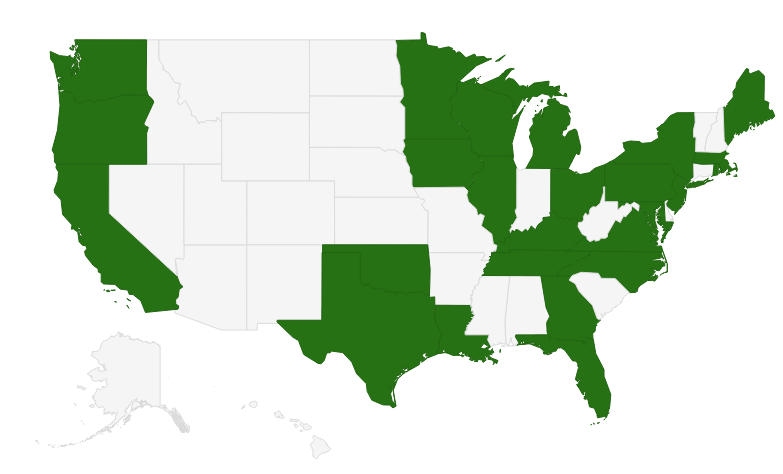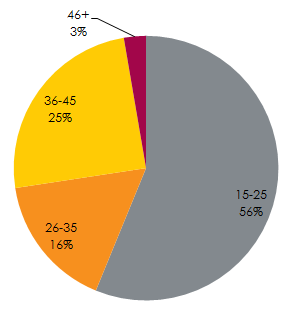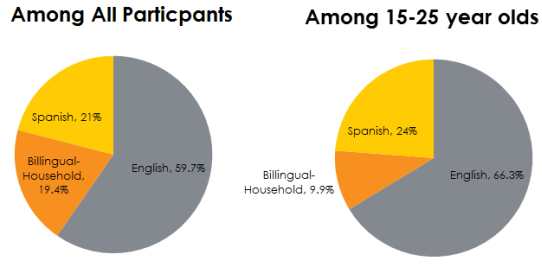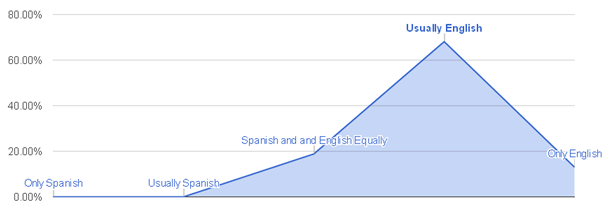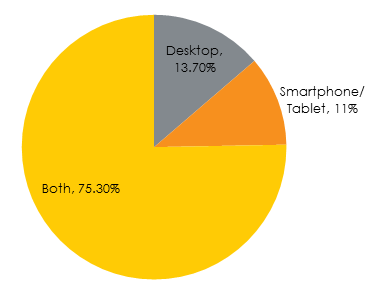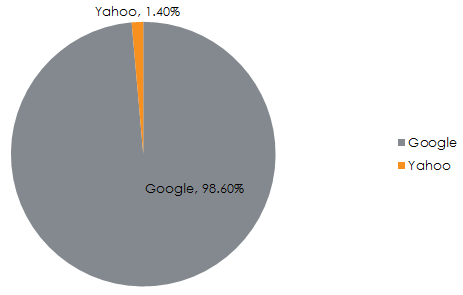Spanglish Is the New Language in Search
August 20, 2014Hispanic markets are big and are about to become even bigger. Get used to it. Technology adoption between the younger Hispanics is the highest amongst different demographics. In their recent article, Google notes that Latinos are ahead of the curve when it comes to digital.
Does your brand want to reach out to them? Do you want to win the Hispanic traffic in the search space, and talk to them in their own language? Start learning “Spanglish” then!
Conversations With My Daughter
My wife and I are native Spanish speaking, so I would consider my household bi-lingual. I have an 11 year old daughter and a 5 year old. They are both born and raised in the States, so it only makes sense that in my house we speak Spanglish! Not Spanish, not English, SPANGLISH!
Here is an extract from my conversation over the phone:
Dad – hi baby, como te fue en el school today?
Daughter – nothing special, la maestra gave me lots of homework. Estoy cansada de estudiar. I need a break…
Dad – ok, make sure you complete your homework, antes de que llegue a case, sino no hay FUTBOL practice (yes Futbol, no soccer)….ahh and tell mom que tengo hambre
Daughter – ok, le digo….bye dad, drive safe con el carro.
If this is the way Hispanics in the US communicate in their households, your brand message should resemble it. From TV commercials to Paid Media, if you want to reach Hispanics, you need to understand the cultural shift.
Latinos are passionate and emotional, very emotional. Talk to your consumers the way they communicate to each other. Connections matter.
Brands Are Starting To Shift Their Strategies
Two years ago in my blog, “6 Reasons Why Your Hispanic SEO Campaign is failing,” I had described how brands should start changing their tactics to approach Hispanics. It is refreshing to start seeing how brands are understanding how to close the cultural gap with their consumers and are moving in the right direction.
I was positively surprised when during the FIFA World Cup in Brazil, during one of the games broadcasted in the English-speaking Channel, ABC, I saw a Glad Forceflex TV commercial for multicultural targeting. Basically the ad contained a Hispanic family living in a middle class suburb. The music was in Spanish while the voice-over in English.
They are not the only ones testing these new waters and this tactic is spreading fast. Taco Bell, ran their “Hola” TV campaign as mentioned in this AdAge article. Companies like Target, McDonalds, and Walmart are venturing and targeting these multicultural audiences as well.
What This Shift Means To Search
Not long ago, I wanted to understand how Hispanic families living in the US searched on the internet. There is little to no research to unveil how queries are made, whether they use combined queries (Spanglish), etc. So I decided to make my own survey distributing it through my social network intended for my Latino Friends and friends of friends living in the US. Amazingly, I obtained 75 completed surveys. Here are some observations from the results:
1. Surveyed Population
2. Age Group
Take Away
The youngest crowd is more likely to interact with social media; they are digital natives.
Supporting my findings, according to a Pew Hispanic research, Latino internet users are mostly in the age group of 18-29 years old (pretty close).
3- Household Language
My 3rd question was about the language spoken in their homes (Spanish, English or both).
One thing that stands out of this response is that the majority of USH surveyed are English-language dominant with 59.7%. To my surprise only 19.4% were living in a bilingual household, even the contacts of my contacts! The rate is even larger 66.3% among the youngest age group.
Take Away
The big discovery here is that the large majority among Latinos uses ‘English’ as their 1st language. This observation will tie to my age group question. The 15-25 years old segment are 1st and 2ndgeneration, they are Americans like everyone else in this country. So running marketing campaigns using Spanish to communicate a message to the youngest age group is a big ‘No, No’.
This also correlates exactly to the second point of my November post “For your Hispanics = Spanish”.
You may use Spanish to strengthen emotional connectivity with your audience as exposed above, but not to convey your message. “Start using Spanish to connect emotionally, not to communicate.”
4 – Language Used To Make Queries
This is the chart that surprises me the most. From all the Latinos living in the US that responded to my poll, the vast majority uses ‘English’ to make queries in search engines. So this leaves room to think that occasionally searches would utilize Spanish. Now the big question would be, in which case – in bilingual homes or in English dominant homes?
I found out that in Bilingual homes, 67% prefer only English to perform queries and only 20% prefer combined languages.
In English-speaking homes on the other hand, 20% would perform searches using Spanish and English equally.
Take Away
English is the most used language when searching, but depending on the group age, some queries are done in Spanish, maybe when searching for news/products/information of their home country.
Generation plays a big role. These households use cross languages to respond to any advertising stimulus. This is why, the use of Spanglish, similar to how my daughter and I would converse, is an essential approach to target this audience.
5. Device Used To Search
Take Away
Cross platforms are becoming very popular among Latinos. The majority of households owns desktops, smartphones and tablets. So investing in local SEO as well as mobile as much as you invest in desktop SEO and SEM programs is a great idea. This will support point # 6 of my post “You are not using local Search.” Using social media combined with local search will help you boost conversions. According to a research done by Google, 70% of Hispanics use their smartphones to search. Mobile became a crucial element in the purchase funnel. 40% of Hispanics compared prices and located retailers via their smartphones.
5 – Engines Used To Searches
Surprisingly, almost 99% of the surveyed uses Google to search.
Take Away
Google is the most popular search engine among Latinos. This is something to take into account when you run your Paid campaigns (PPC and display).
Conclusion
We are currently living in an inclusive society with blended demographics living under the same roof. Gender, age, ethnicity and language are no longer differentiators.
Target segmentation is good, but is little by little phasing out and it may be soon something from the past.

